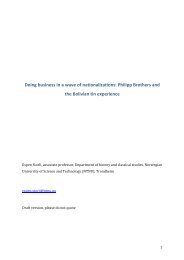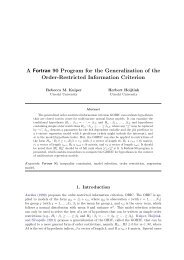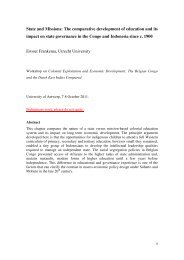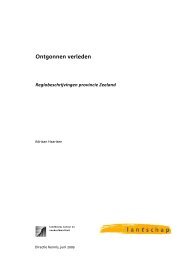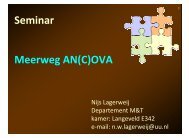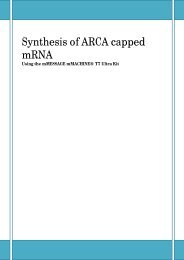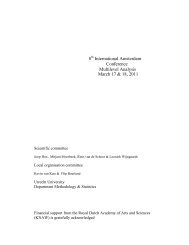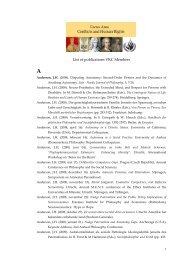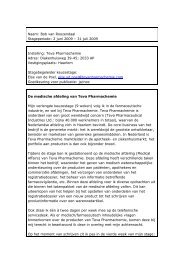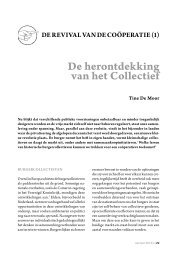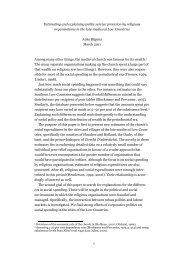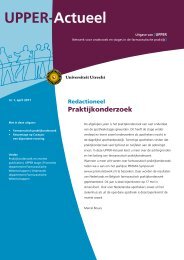New Approaches to Medieval Communication?1
New Approaches to Medieval Communication?1
New Approaches to Medieval Communication?1
Create successful ePaper yourself
Turn your PDF publications into a flip-book with our unique Google optimized e-Paper software.
28 MARCO MOSTERTEnglish. In 1989 Chris<strong>to</strong>ph Daxelmüller wrote of “literalized orality”(“literarisierte Mündlichkeit”) and “oral literacy” (“mündliche Schriftlichkeit”);67 four years later, Franz Bäuml talked of the same intermediate formsbetween absolutized orality and literacy. 68 Recently, ‘Verschriftung’ and‘Verschriftlichung’ have been used in relation with changes in the media ofcommunication, 69 a use of terminology which may contribute <strong>to</strong>wards theneutralization of certain still prevalent value judgments on the various oral,written and non-verbal forms of communication.The rapid review of the English and German terminologies for the study ofmedieval communication, literacy and orality could be repeated for the otherlanguages in which work on the subject is being written. The word ‘communication’seems the least ambiguous (although French titles sometimes use ‘communication’in the titles of studies dealing with roads and waterways). There areproblems with the other words we have examined. French, for instance, lackswords for ‘literacy’ or ‘Schriftlichkeit’ (although ‘culture de l’écrit’ comesclose in meaning <strong>to</strong> ‘literacy’ and ‘Schriftkultur’), but has ‘oralité’ for ‘orality’.Dutch has the same flexibility as German, so that ‘verschriftelijking’ canbe used and unders<strong>to</strong>od as German ‘Verschriftlichung’. But Dutch scholarsshare the problems of their German colleagues when they try <strong>to</strong> translate theirterms in English 70 The Slav languages have their own problems with ‘literacy’and ‘Verschriftlichung’. 71 But although the notions of literacy and the developmen<strong>to</strong>f literacy are difficult <strong>to</strong> put in<strong>to</strong> words in some of the European languages,this has by no means s<strong>to</strong>pped work <strong>to</strong> be done on the subject of medievalcommunication – even if some scholars, when they published their studies,were not aware that they might be extremely useful <strong>to</strong> self-confessed studentsof communication.What has been accomplished in the study of medieval communication?Perusal of the bibliography makes clear that publications whose titles lackthe words we have discussed have a bearing on our subject. <strong>Medieval</strong> communicationas it is unders<strong>to</strong>od by the authors of this volume has been studied in67No. 1060 (DAXELMÜLLER, 1989).68No. 267 (BÄUML, 1993).69 No. 137 (ed. EHLER and SCHAEFER).70The inept ‘literalization’, proposed in the translation of the Utrecht “Pionier projectVerschriftelijking” leads <strong>to</strong> misunderstanding.71 See the contribution of Anna Adamska <strong>to</strong> his volume (No. 330).



